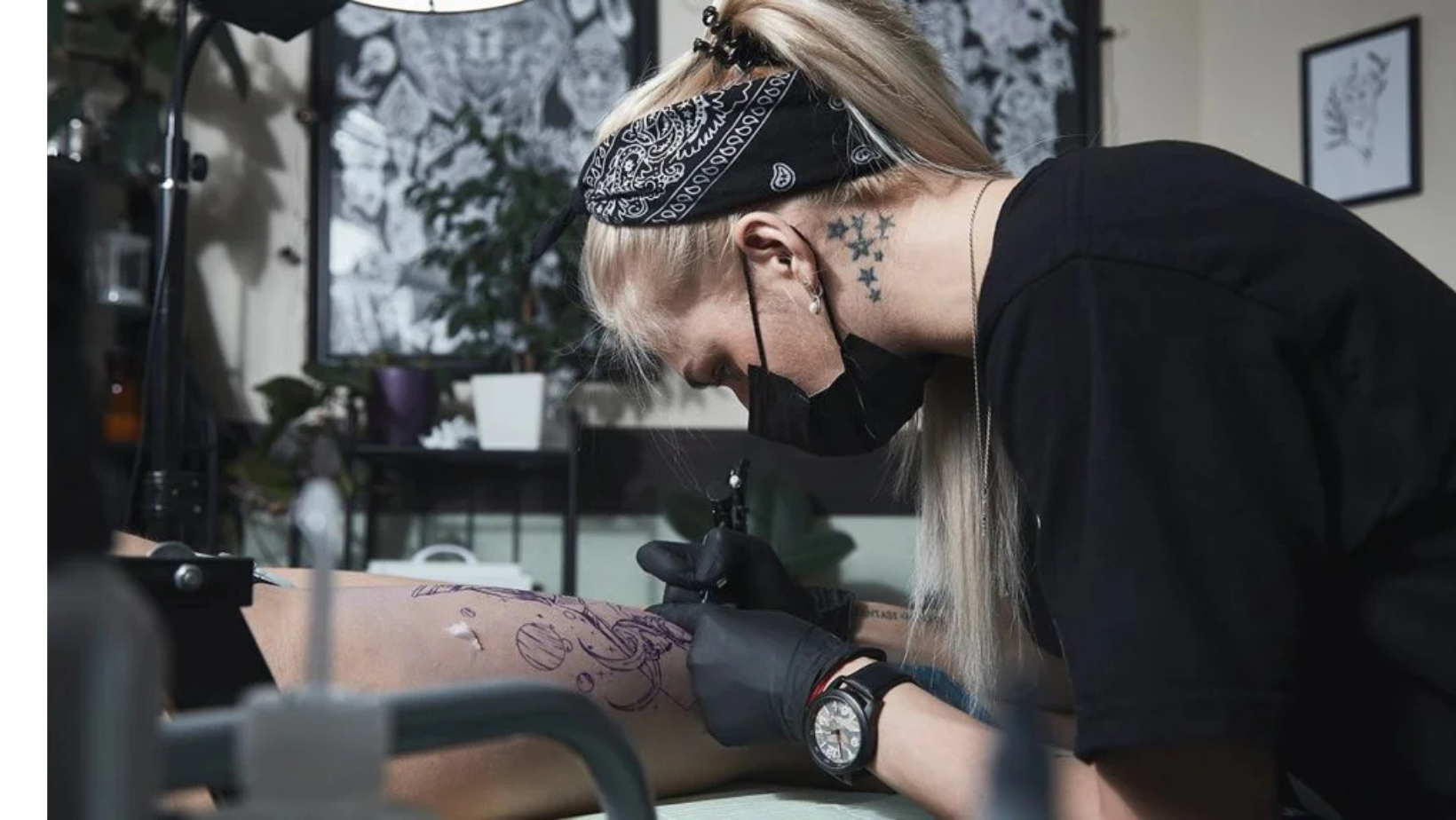Revista de educação de surdos
How Long a Tattoo Heals: Understanding the Real Tattoo Healing Time

Getting a tattoo is an exciting and deeply personal experience. Whether it’s your first design or another addition to your collection, one question always comes up: how long a tattoo heals ? While many artists give a general idea, the actual tattoo healing time depends on several factors from the tattoo’s size and placement to how well you care for it afterward.
In this guide, we’ll break down everything you need to know about how long for tattoo to heal, the stages of healing, and how to make the process as smooth as possible.
Understanding How Long a Tattoo Heals
In general, a tattoo takes about two to four weeks to look fully healed on the surface. However, the deeper layers of your skin can continue healing for up to three months. That’s why the visible recovery isn’t the full story your tattoo may appear fine before it’s truly healed underneath.
When people ask, “how long a tattoo heals?”, it’s important to realize that every body heals differently. Your immune system, skin type, and aftercare routine all play major roles. A small, simple design might heal in a week or two, while a large or detailed piece could take longer.
The Stages of Tattoo Healing
Understanding the tattoo healing time means recognizing the different stages your skin goes through after getting inked.
Stage 1: Oozing and Redness (Days 1–3)
Right after your session, your tattoo is essentially an open wound. It will be red, sore, and slightly swollen. You may also notice plasma, blood, or ink seeping from the area this is completely normal. During this time:
-
Keep it clean and lightly moisturized.
-
Avoid touching or scratching it.
-
Follow your artist’s aftercare instructions carefully.
This early stage sets the foundation for how long your tattoo heals overall. If you neglect hygiene now, it could lead to infection and delay recovery.
Stage 2: Scabbing and Itching (Days 4–14)
By the second stage, your tattoo begins forming thin scabs as the skin starts to repair itself. The area may feel dry and itchy a sign that it’s healing properly. Resist the urge to pick or peel the scabs, as that can pull out ink and damage the design.
During this stage:
-
Gently wash the area twice a day with fragrance-free soap.
-
Apply a thin layer of a tattoo-safe moisturizer.
-
Wear loose clothing to avoid friction.
Most people consider this stage the most uncomfortable part of the tattoo healing time, but it usually lasts only a week or so.
Stage 3: Peeling and Flaking (Days 15–30)
Once scabs begin to fall off naturally, you’ll notice light peeling, similar to a sunburn. The tattoo may appear dull or cloudy, but don’t worry the top layer of dead skin is simply shedding.
This stage is where patience pays off. Keep moisturizing regularly, avoid sun exposure, and continue treating your tattoo gently. After about four weeks, your skin will look smoother, and the design’s colors will begin to shine again.
Stage 4: Deep Healing (Weeks 4-12)
Even after your tattoo looks healed on the surface, the deeper layers of your dermis are still repairing. This phase is less visible but equally important for long-term results.
During deep healing:
-
Keep the area hydrated.
-
Avoid direct sunlight and tanning beds.
-
Refrain from heavy exfoliation or abrasive products.
Ignoring this phase can shorten your tattoo’s lifespan or cause fading over time. So when wondering how long for tattoo to heal completely, remember: true healing happens below the surface.
Factors That Affect Tattoo Healing Time
Every tattoo and every person is different. Here are the key factors that influence how long a tattoo heals:
-
Tattoo Size and Placement
Larger tattoos or those on areas with thin skin (like ankles or ribs) generally take longer to heal. -
Ink Density and Color
Heavy shading or bright pigments can extend your tattoo healing time, as the skin undergoes more trauma. -
Aftercare Routine
Following your artist’s aftercare instructions cleaning, moisturizing, and protecting your tattoo can significantly shorten recovery. -
Health and Lifestyle
A strong immune system helps speed up skin regeneration. Staying hydrated, eating well, and avoiding smoking or drinking excessively all aid healing. -
Friction and Clothing
Tattoos on areas that experience frequent rubbing (like wrists or thighs) may take longer to heal properly.
Tips to Speed Up Tattoo Healing
If you want to minimize your tattoo healing time, here are a few proven habits:
-
Keep your tattoo clean, but don’t over-wash.
-
Avoid soaking it in pools, hot tubs, or the ocean.
-
Never pick scabs or scratch peeling skin.
-
Use only fragrance-free, alcohol-free moisturizers.
-
Protect your tattoo from direct sunlight always use SPF after it heals.
Following these steps ensures your new ink heals beautifully and stays vibrant for years to come.
When to See a Professional
Most tattoos heal without problems, but sometimes issues arise. If you notice excessive redness, swelling, pus, or severe pain beyond the first few days, consult your tattoo artist or a medical professional. Early treatment prevents infection and preserves your tattoo’s appearance.
Final Thoughts: How Long for Tattoo to Heal
So, how long for tattoo to heal completely The short answer: your tattoo will look healed in about two to four weeks, but true healing can take up to three months. Remember proper aftercare is the secret to a flawless finish.
A tattoo is a lifelong piece of art, and the care you give it during healing determines how stunning it will remain over time. Be patient, follow the right steps, and let your skin do its job.
That’s the real secret behind understanding how long a tattoo heals respecting the process and giving your body the time it needs.
